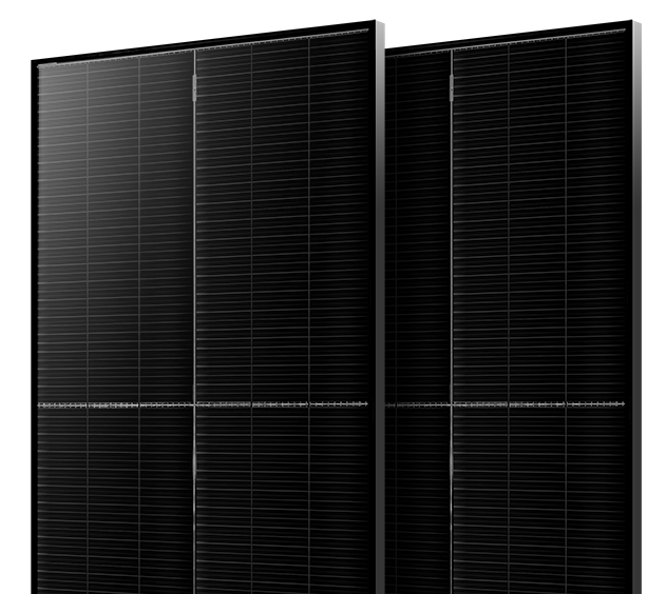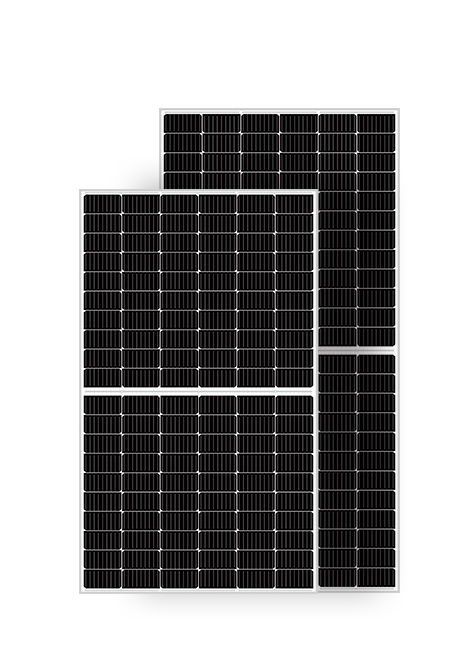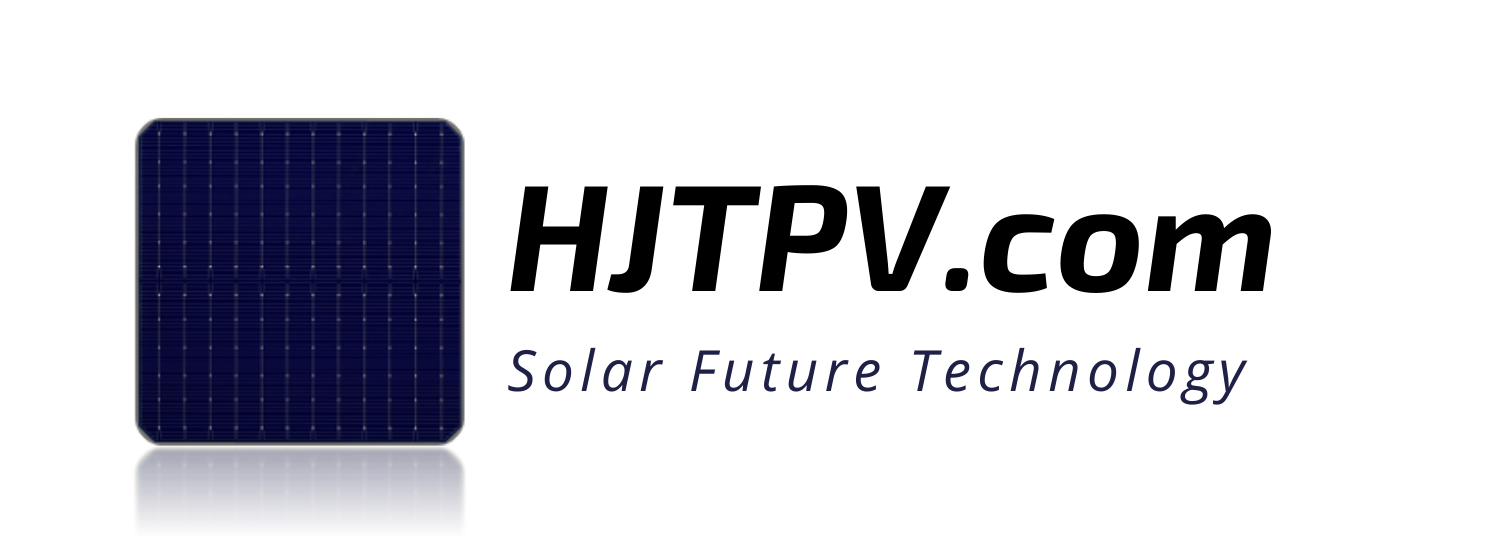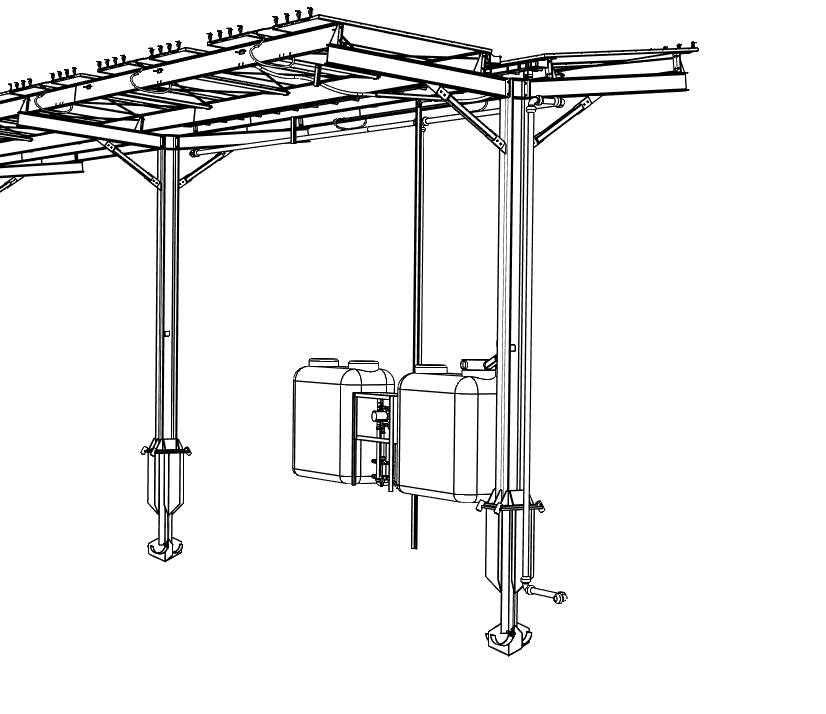
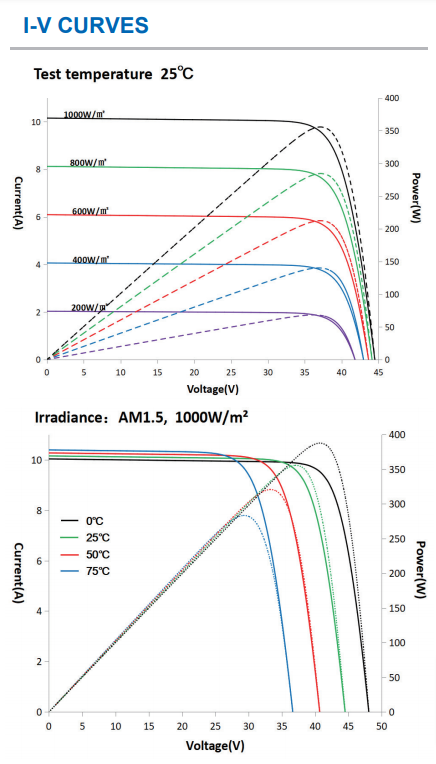
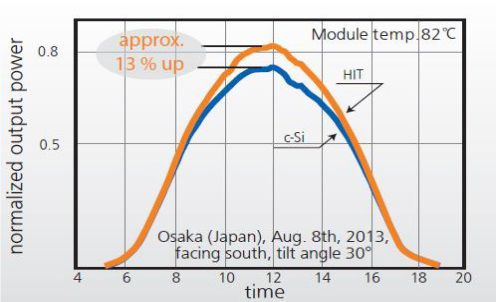
Temperature Coefficient Technology – Introduction
All PV modules have a temperature coefficient. As a general rule of thumb, as the solar panel temperature rises, its power output will decrease.
In general, monocrystalline solar cells have a temperature coefficient of -0,4% -0.5% / ℃. HJT (heterojunction) solar cells and modules have the lowest coefficient below -0,3%/ ℃. Below -0,3%/ ℃ have as well CIGS ( Copper, Indium, Gallium, and Selenide – the four core elements of the CIGS solar cell) Technology which is dedicated to BIPV solutions.
Temperature power loses effect.
This means that a monocrystalline solar panel loses half of one percent of its power with each degree of temperature increase. HJT and CIGS lose only 0,26% when temperature increases and this is the main advantage of this kind of solar panel. To unify the test conditions used to determine the output power of modules, two main standards are adopted:
1.STC (Standard Test Conditions) including:
- Insolation 1000W / m2. This number refers to the amount of light energy falling on a given area at a given time.
- Cell temperature 25 ℃. This number is somewhat misleading because it relates to the amount of light that must pass through the Earth’s atmosphere before it reaches the Earth’s surface, and it mainly relates to the angle of the Sun’s tilt relative to a reference point on Earth. This number is minimized when the sun is directly above it, as the light has to travel a minimum distance straight down, and increases as the sun move away from the reference point and must angle to hit the same spot. The temperature of. the solar cell itself, not the temperature of the surrounding.
- Air mass factor 1.5 AM
2. NOCT (Normal Operating Cell Temperature) focuses on the operation of cells in “normal” conditions, that is:
- the insolation of 800W /m2
- ambient temperature of the illuminated panel 20 ℃
- air mass factor 1.5AM – wind speed 1 / ms
How to count solar panel power losess?
EXAMPLE for Jolywood JW HD120N 340W (STC) Module
Jolywood modules have a lower than average power loss of 0.5% / ℃, which is only 0.32% / ℃. Assuming the maximum output power of 340 W in the module installed on the roof heated to a temperature of 50 degrees Celsius.
The power loss of a solar panel can be calculated as follows:
50 degrees C – 25 degrees C = 25 degrees C.
25 ° C x -0.32% = 8%
Therefore, panel power loss = 8% x 340 W = 27.2 W.

Temperature Coefficient Ranking- Best Solar Panels
Why is this happening in photovoltaic modules?
Photovoltaic panels are made of crystalline silicon, therefore, the higher the temperature, the lower the efficiency. This is an inherent property of silicon. This principle also applies to the production of computers, where the fans cool the processor and motherboard to run more efficiently. In HJT combined with cristal silicon and amorphous silicon, this effect has much less impact on energy production.
The power drops as the cell voltage drops in solar panels. This is although electricity production is increasing. In fact, this increase does not compensate for voltage drops. Therefore, we have an overall power drop.
What Solar Modules Producer chooses?
Like is showing in modules ranking and technology introductions the best choice for the lowest temperature coefficient are:
the top technology in the coefficient cases is HJT and CIGS or TOPCON.
Summary and recommendation for solar farms.
In conclusion, the temperature coefficient is a parameter needed to calculate this power loss and it usually ranges between -0.24 and 0.5% / ° C. This means that each 10 ° C of excess results in a module power drop from 2.6% to 5%.
This clearly shows that CIGS and Heterojunctions technology (plus TopCon with 0,35%/°C) have less than half-power losses compare to PERC solar modules.
In the case of small installations for domestic use, it is an important but not critical factor influencing the decision to choose a PV module. On the other hand, it is a very important factor in investments in PV farms and photovoltaic power plants on a business scale, significantly affecting the profitability of investments and subsequent profits. Therefore, for large installations from 30 kWp, it is worth choosing the Heterojunction module or TopCon modules. However, in the case of very large installations operating at high temperatures, it is even necessary.
Most Popular

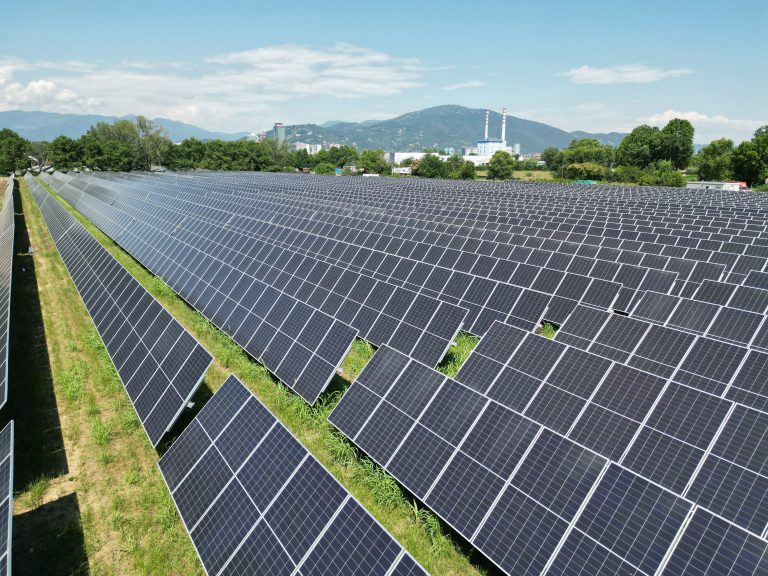

Kapaciteti Srbije za Fotonaponsku (PV) Energiju

Serbia Capabilities for Photovoltaic (PV) Energy
Subscribe To Our Weekly Newsletter
Categories
- HJTPV.com
- HJT Technology
- HJT Producers
- HJT Solar Panels
- HJT Solar Panel Mysolar Gold 740W
- HJT Solar Panel Mysolar Gold 640W
- HJT Solar Panel AEsolar COMET 720W
- HJT Solar Panel AESOLAR COMET 650W
- HJT Solar Panel Bi Chaser Akcome 120 Cells
- HJT Solar Panel HuaSun HS-B120DS
- HJT Solar Panel Jinergy JNHM120 Cells
- HJT Solar Panel Risen Hyper-ion
- HJT Solar Panel QW Solar Giwa5 730W
- HJT Solar Panel QW Solar Giwa5 640W
- HJT Solar Panel Risen RSM120
- Cleaning Robot
- HJT Solar CELLS
- News&Knowledge
- Contact
- HJTPV.com
- HJT Technology
- HJT Producers
- HJT Solar Panels
- HJT Solar Panel Mysolar Gold 740W
- HJT Solar Panel Mysolar Gold 640W
- HJT Solar Panel AEsolar COMET 720W
- HJT Solar Panel AESOLAR COMET 650W
- HJT Solar Panel Bi Chaser Akcome 120 Cells
- HJT Solar Panel HuaSun HS-B120DS
- HJT Solar Panel Jinergy JNHM120 Cells
- HJT Solar Panel Risen Hyper-ion
- HJT Solar Panel QW Solar Giwa5 730W
- HJT Solar Panel QW Solar Giwa5 640W
- HJT Solar Panel Risen RSM120
- Cleaning Robot
- HJT Solar CELLS
- News&Knowledge
- Contact
Related Posts

Maximizing Agrivoltaic Performance with HJT/TOPCon Modules
MySolar a solar panel manufacturer, announced in 2023 that it has launched commercially available HJT + perovskite solar cells with a power output of 250 W. The company was founded in 2013 and has since become one of the leading solar panel manufacturers in Poland. HJT + perovskite cells are a new technology with the potential to revolutionize the solar industry.

Innovative 5MW Solar Farm in Northern Italy: Energy Excellence Meets Sustainable Agriculture
MySolar a solar panel manufacturer, announced in 2023 that it has launched commercially available HJT + perovskite solar cells with a power output of 250 W. The company was founded in 2013 and has since become one of the leading solar panel manufacturers in Poland. HJT + perovskite cells are a new technology with the potential to revolutionize the solar industry.

Kapaciteti Srbije za Fotonaponsku (PV) Energiju
Kapaciteti Srbije za PV Instalacije 1. Obilje pogodnog zemljišta: Srbija ima velike površine zemljišta pogodnog za fotonaponske (PV) instalacije. Topografija zemlje uključuje ravne ravnice, posebno

Serbia Capabilities for Photovoltaic (PV) Energy
Serbian Land Capabilities for PV Installations 1. Abundance of Suitable Land:Serbia has vast expanses of land suitable for photovoltaic (PV) installations. The country’s topography includes

